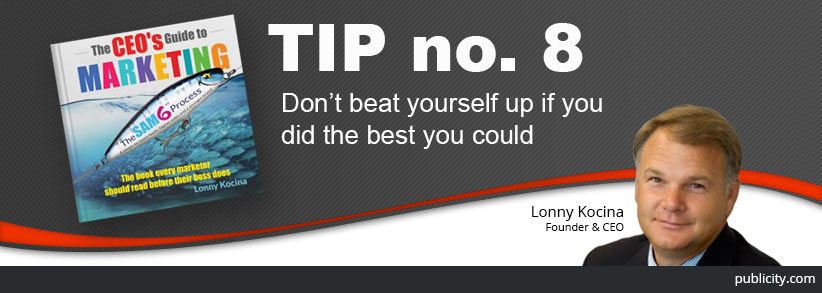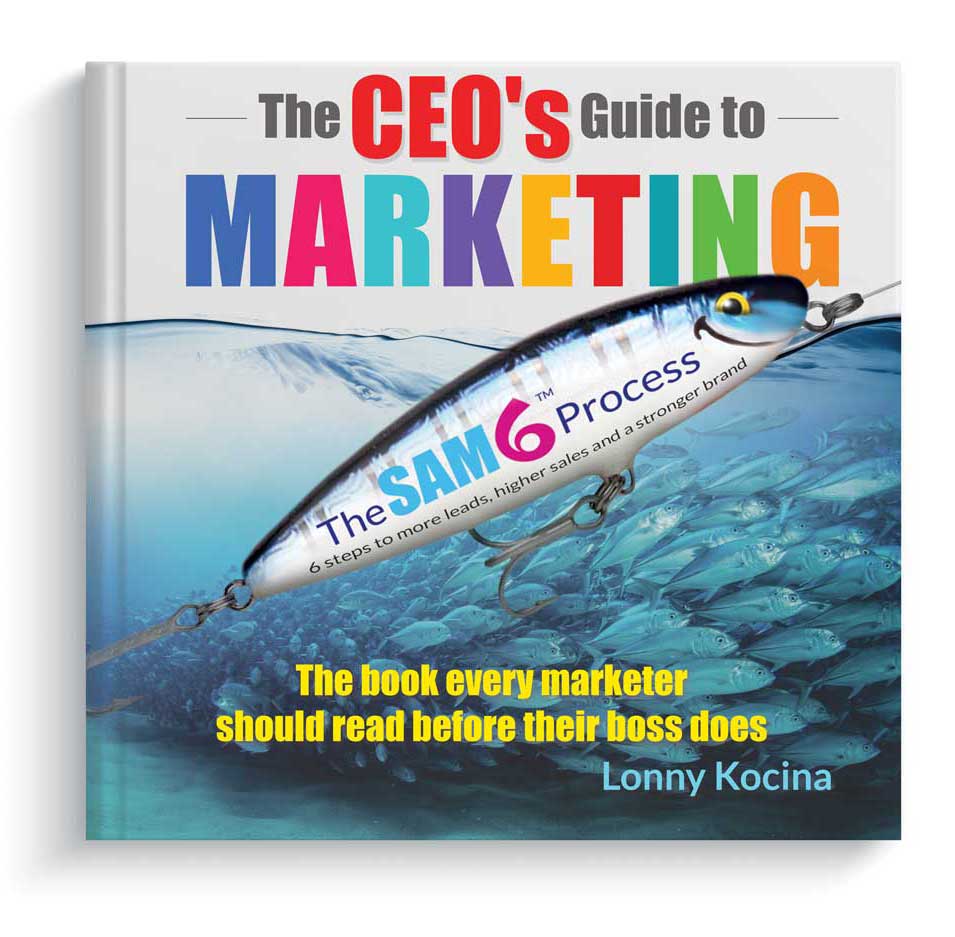It’s generally accepted that statistically 80 to 95 percent of all new products fail. Some argue that the success rate is much higher but that seems doubtful. If it was easy to launch new products successfully, everyone would have a cash cow product and everyone would be rich. I’m going with the 80 percent number.
But what causes the failure? Is it an ill-conceived product or could it be poorly executed marketing? As a marketer, there’s one thing you can be sure of: It will always be your fault. In 40 years of promoting products, I’ve only heard one client say, “Hey, great job marketing. I guess we just came up with a product people didn’t want.” Other than that, it’s always been the fault of our agency.
I should point out I’m the last person to make excuses. One of my favorite sayings is, If you want to find the solution, go look in the mirror. So, too bad. Marketing is a tough, stressful business and we get blamed for failures when we don’t deserve it. Get over it or do something else.
BUT … don’t discount the fact that it could be your fault. That’s why I make sure we follow the SAM 6® process which I outline in “The CEO’s Guide to Marketing.” Carefully following the process means that every single ad, brochure, Tweet, or any other individual promotion can be deconstructed to show it was implemented exactly on point with the decisions management made. I’m not talking about using the information to point the finger at someone else. I just want to know that we didn’t screw up. I want to know that at Media Relations Agency, our staff understands marketing concepts, and follows a well-defined and documented process.
At the end of “The CEO’s Guide to Marketing” I sum it up like this:
Imagine it’s a year from now and everything in this book has been engrained in your marketing team. You want to impress a visitor to you company so you bring them into the marketing department. You go to one of your creative staff members, let’s say it’s a writer, and ask them to define for your visitor the difference between the Marketing Mix and the Promotional Mix, and your writer says. “Sure. that’s easy. The Marketing Mix categorizes all of marketing into four quadrants called the four Ps of marketing. They are product, price, place and promotion. The Promotional Mix on the other hand neatly categorizes the ways you can promote your product into five main channels; ads, website, social media, media coverage and personal selling.
Then you ask them if they can show you a sample of some of their work and to tell your visitor about how it was constructed. “Oh, sure. Here’s a blog I wrote last week. Now let me show you what it looked like when it still in the Control Template. See how the information in the Control Template guides the creative team to construct the message we want to convey. I’ll show you a couple other things too. These are the Code Sheets we do for each product we offer. As you can see, they list the Market, Primary Message Themes, and Positioning we want encoded in our message. We operate on a calendarized schedule that cycles through each of our products and each Key Message Theme and Positioning variable. Our creative team then creates the messages based on which Promotional Mix channels the message is best told through. In this case, the message began it’s life as a blog post. Then it was adjusted to flow through many other channels such as email, sales letters, and social media posts.
Would you please tell our visitor a little bit about how you are branding our company and our products? Sure. A Brand is the definition people hold in their minds of a company and their products. That definition is formed in two ways: by what you tell someone, and by what they experience. Marketing is primarily telling the customer what to think. Sometimes, if it’s appropriate, we give out samples of the product, but mostly we are using marketing communications.
If you look back at our Code Sheets, you can see we fill in what’s called a Brand Statement for each product. That Brand Statement is written in the way our customer might say it if they were explaining the product to a friend and got it exactly right. That’s the Brand all of our promotions are aimed at creating.
What appears to the public as just interesting stories are actually carefully thought out, orchestrated and executed brand-building steps. As you can see, we don’t leave anything to chance with our marketing. Every promotional message we put out is intentional and on point. Every single time.”
Imagine how proud you would be of your marketing staff, how much better your marketing would be working. And of course, we all know what the real payoff is—increased sales.
If you follow the SAM 6 process, you are still going to have failures and you’ll probably still get blamed whether it’s your fault or not. But at least you will be able to look back on your marketing promotions without wondering if you should have done something differently.
If this tip makes sense to you, you should buy my book. “The CEO’s Guide to Marketing” is the most practical marketing book you will ever read. It outlines a six-step process that will bring clarity to marketing like you’ve never experienced before. It’s literally a step-by-step guide to more leads, higher sales and a stronger brand.
If you are a CEO, marketing manager, writer, graphic designer or anyone else who has a hand in marketing, you need “The CEO’s Guide to Marketing.” I’m not kidding when I say it will make you the smartest marketer in the room. You are going to wish you had this book years ago.









